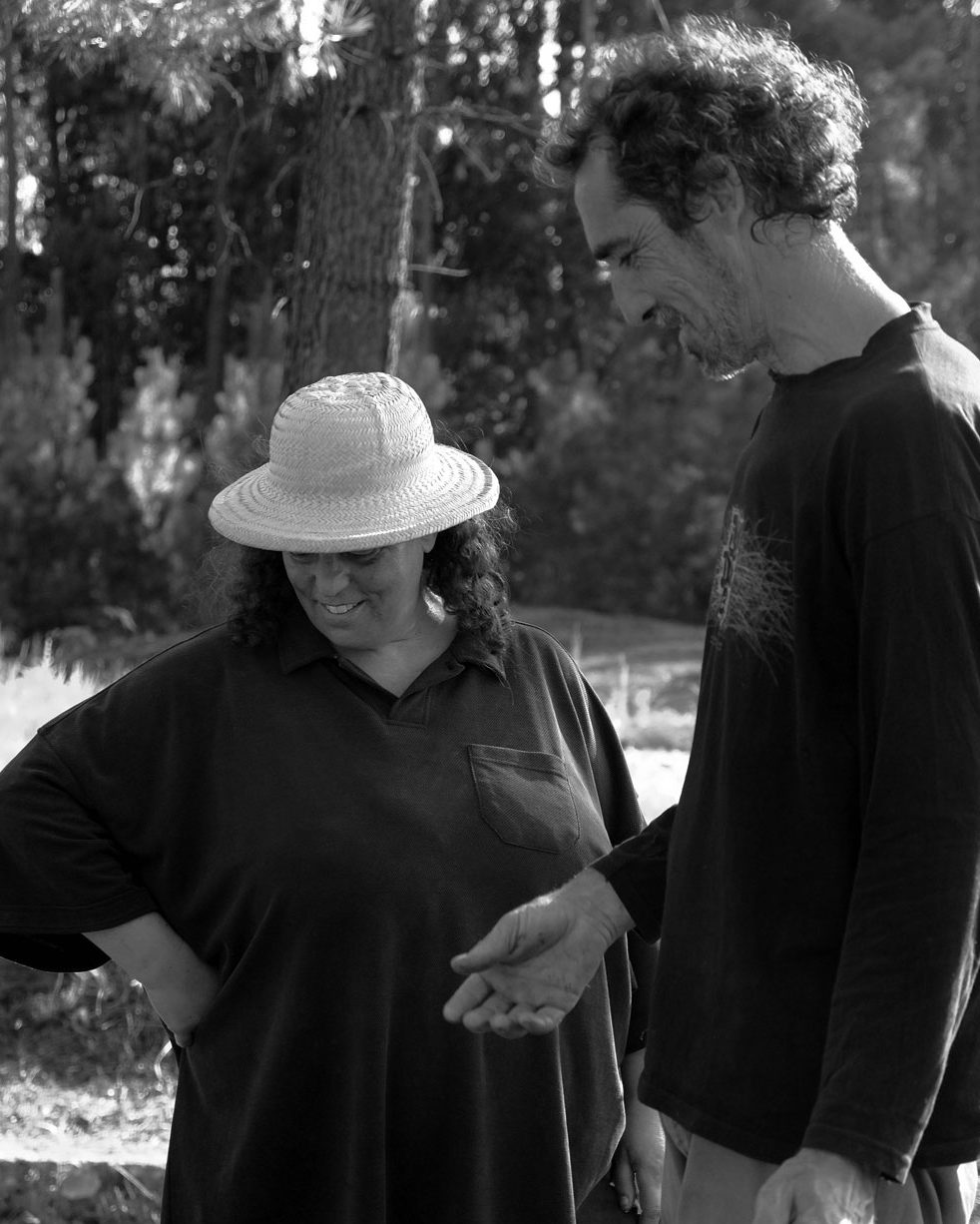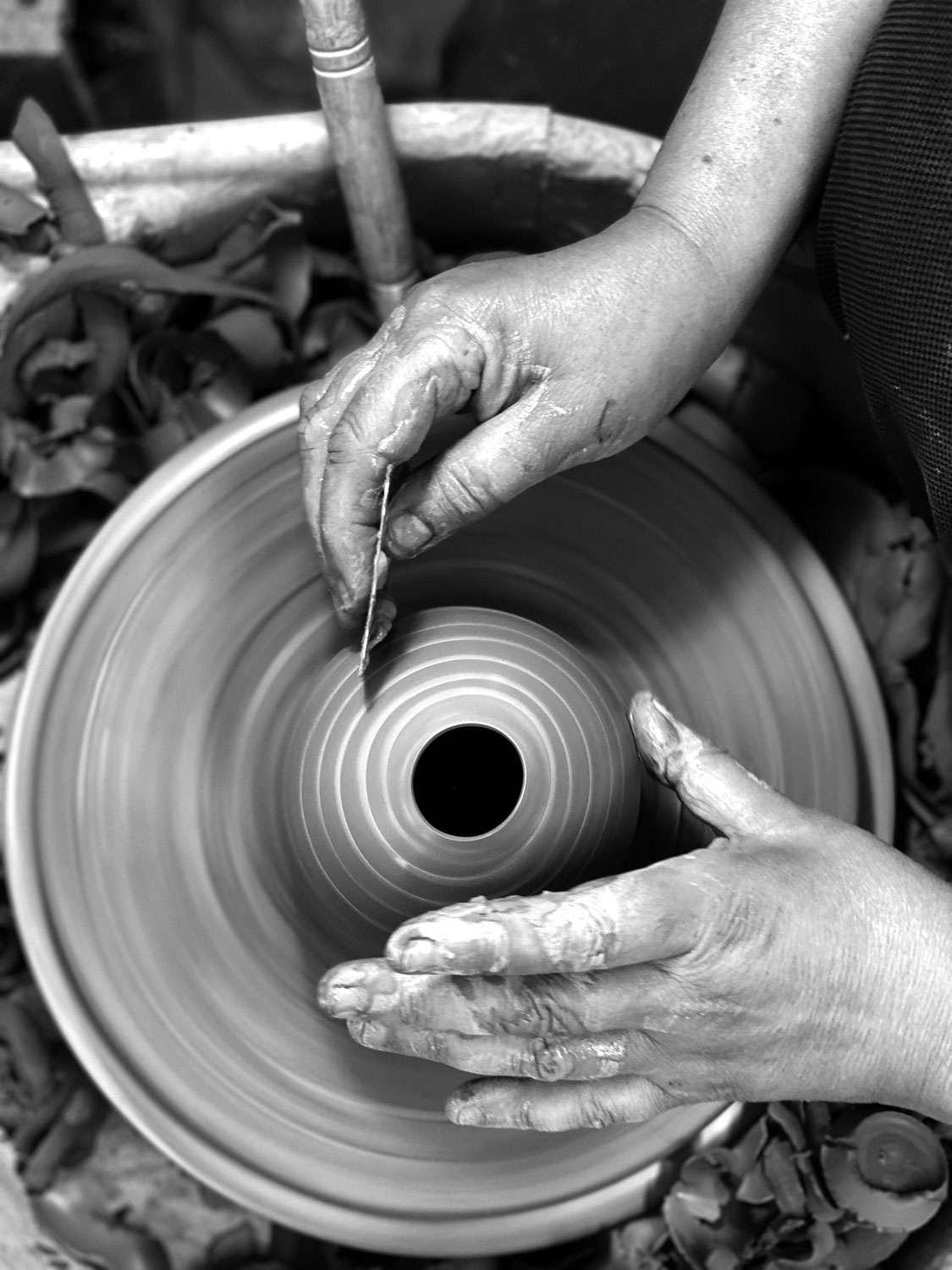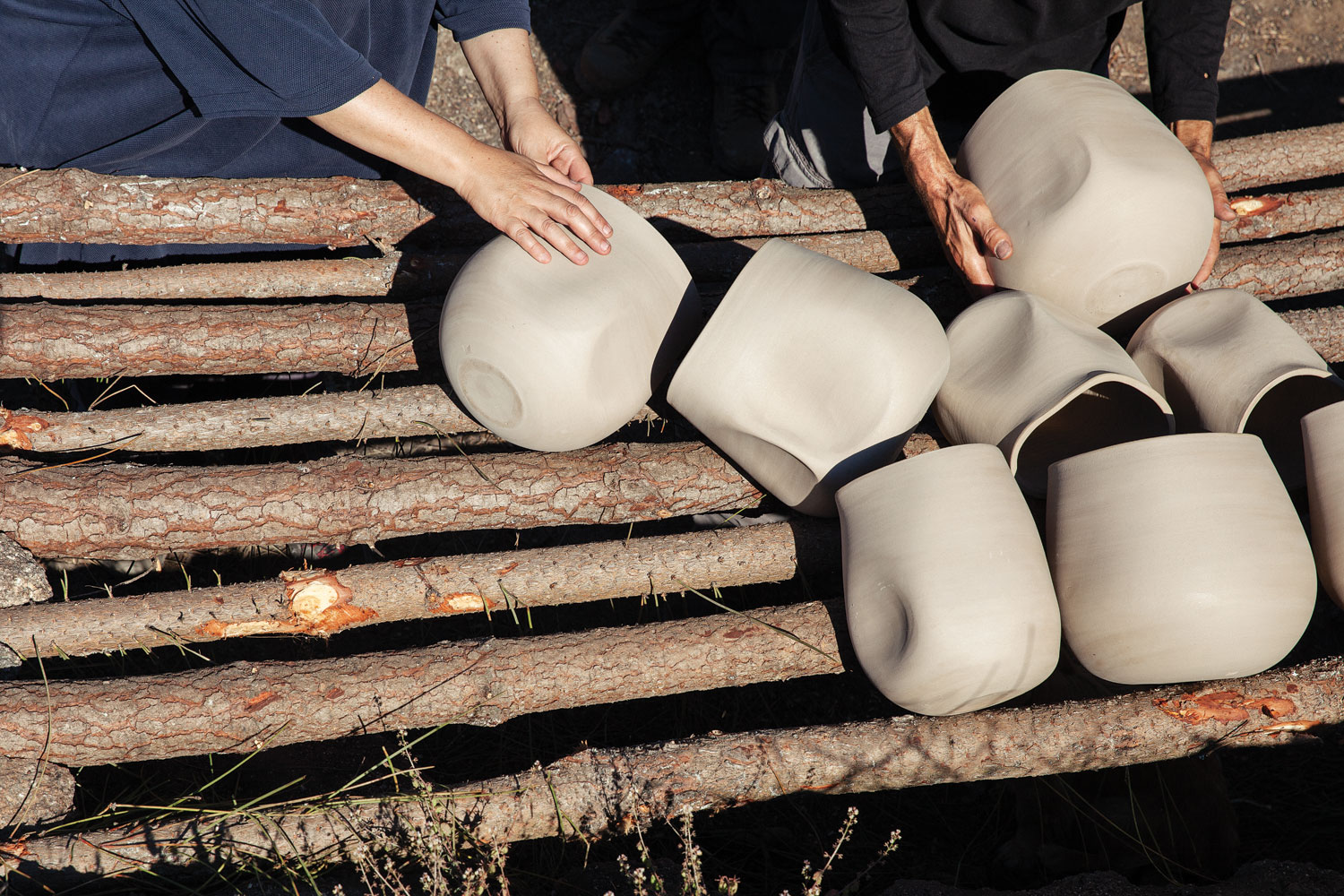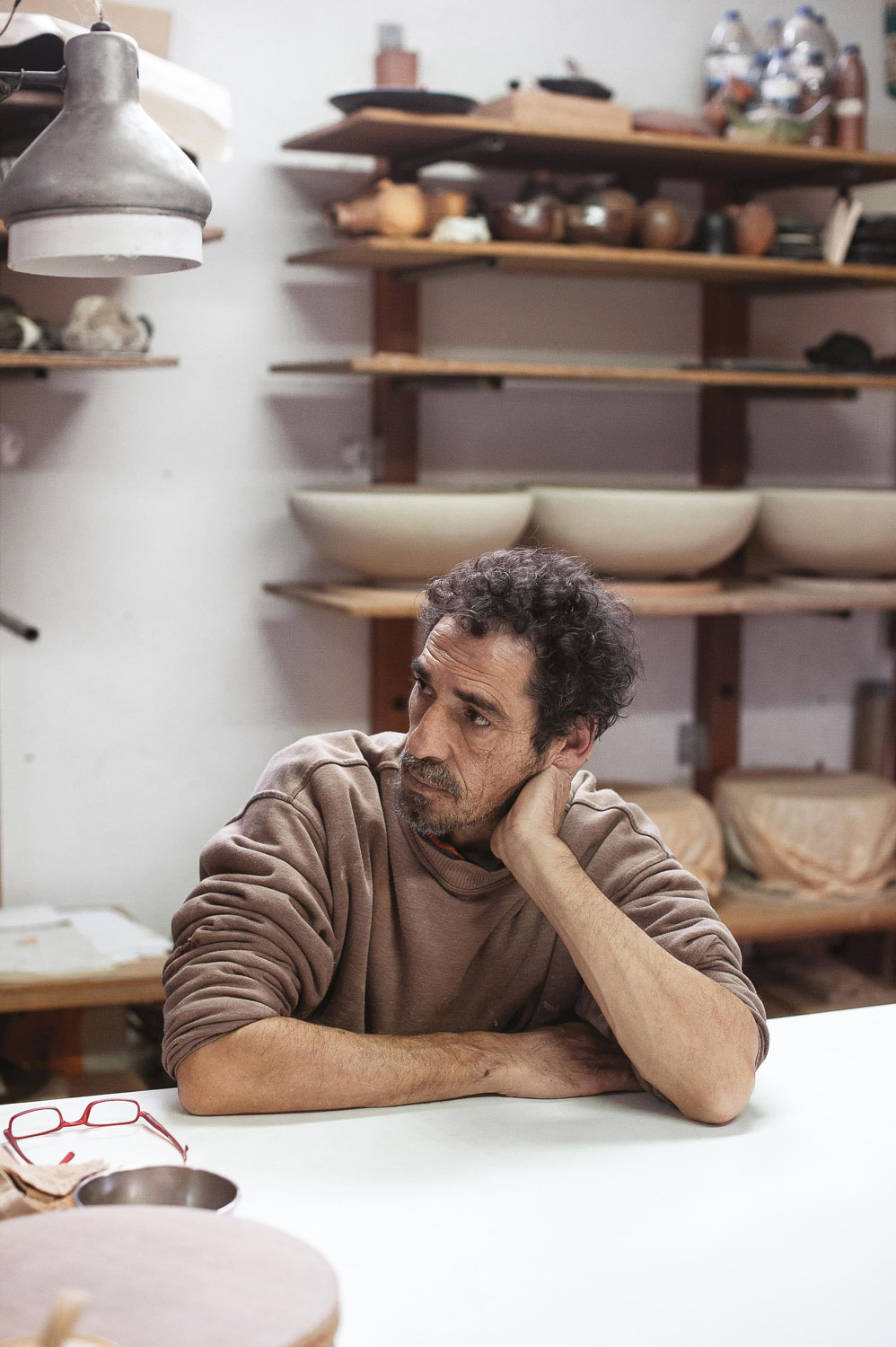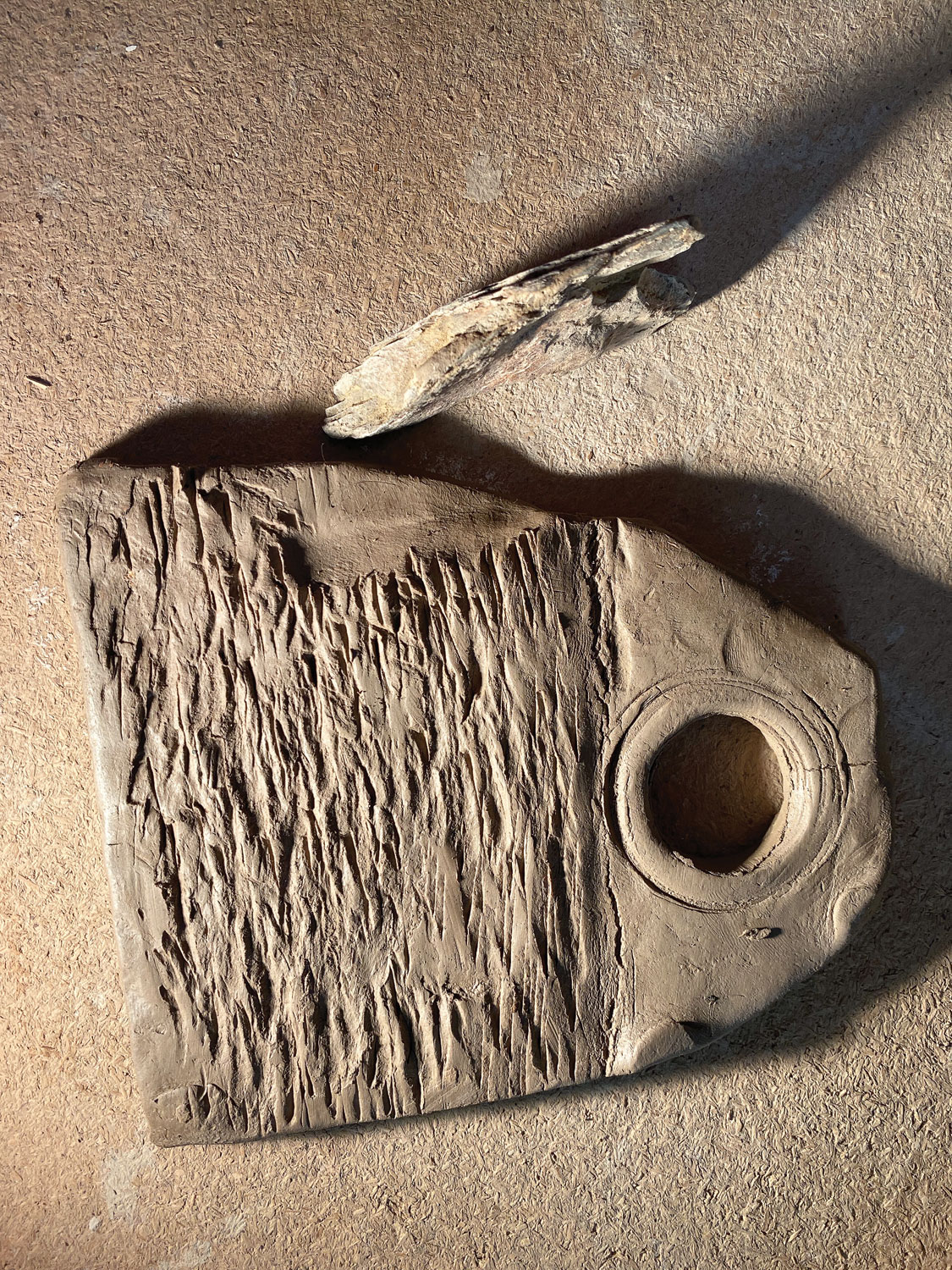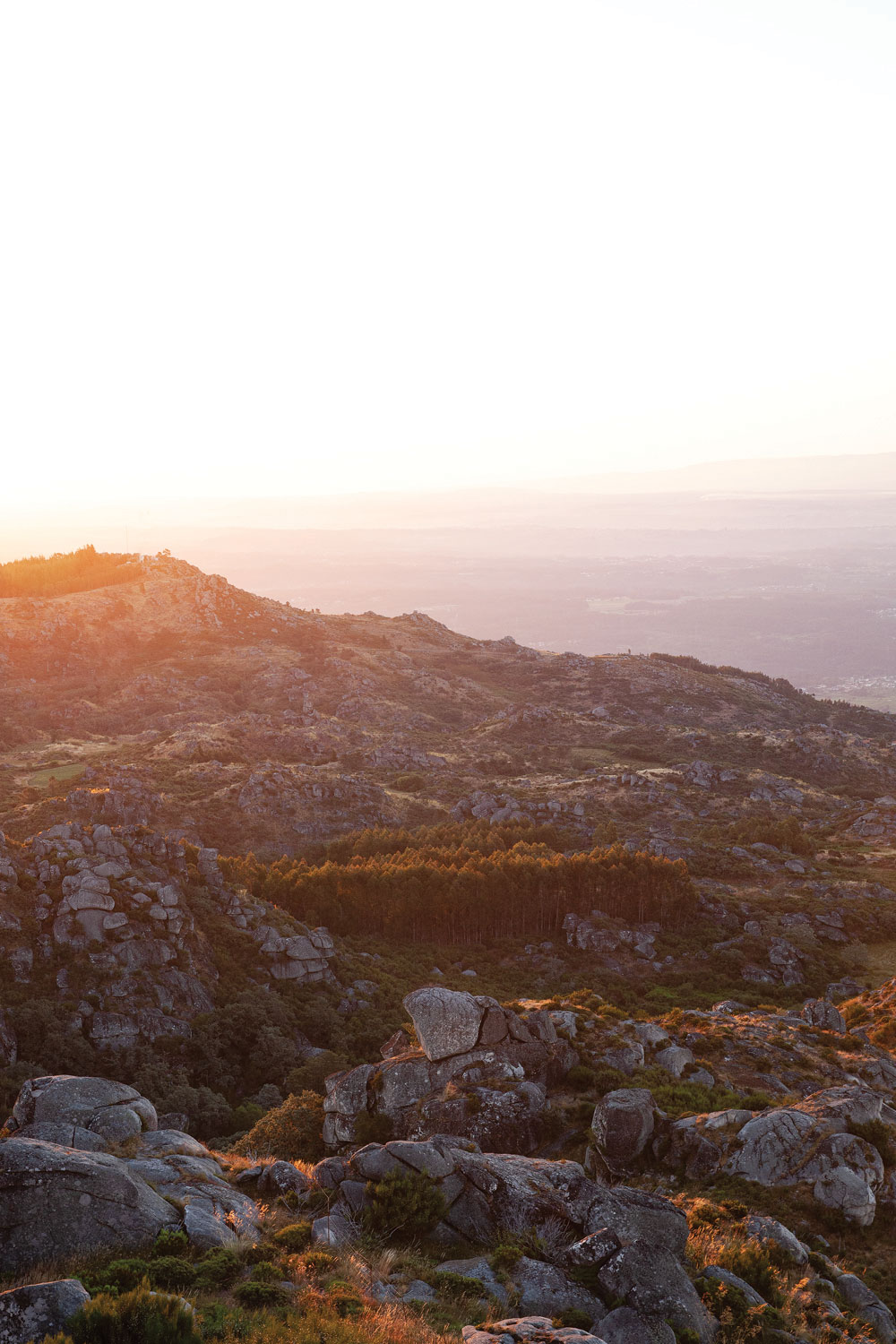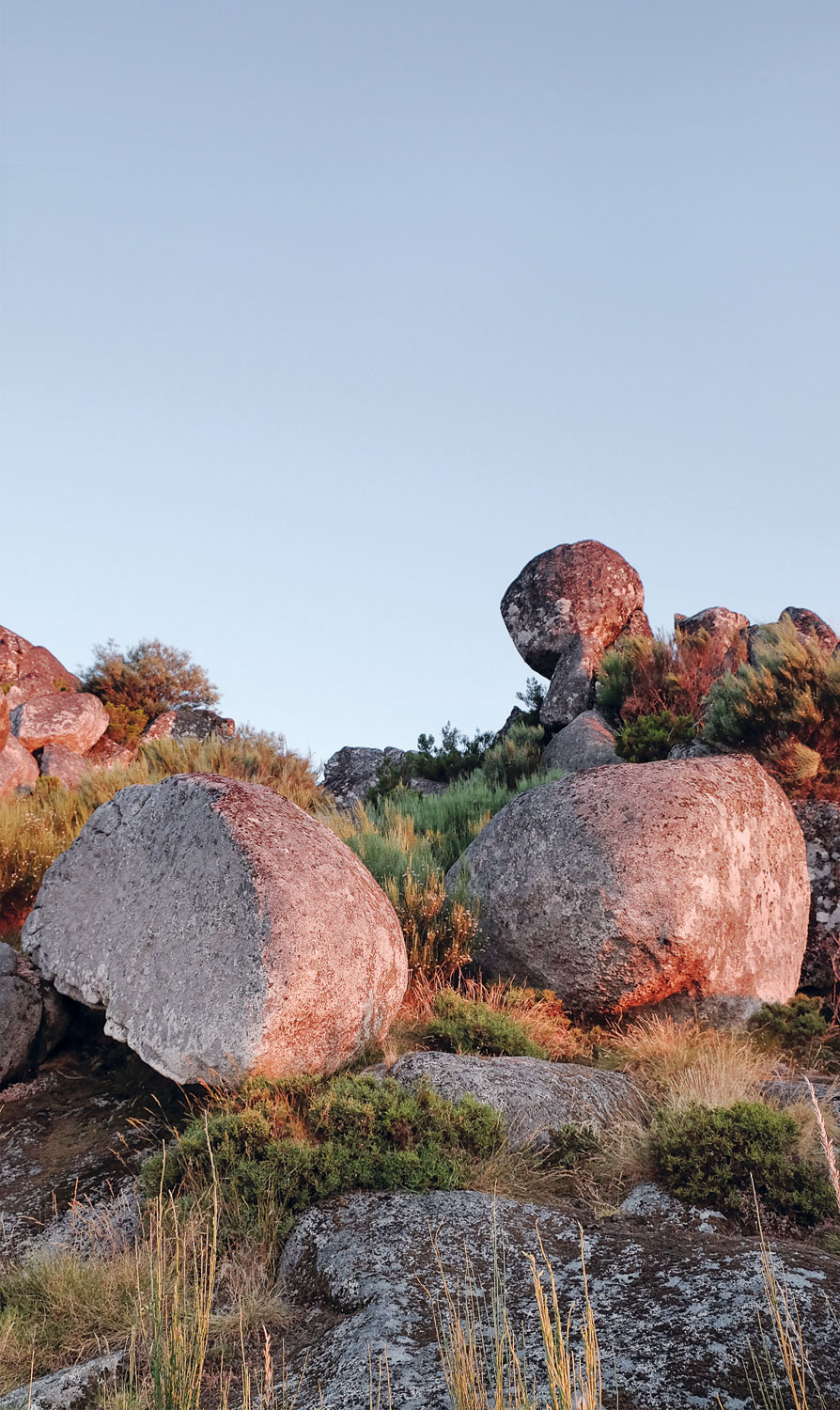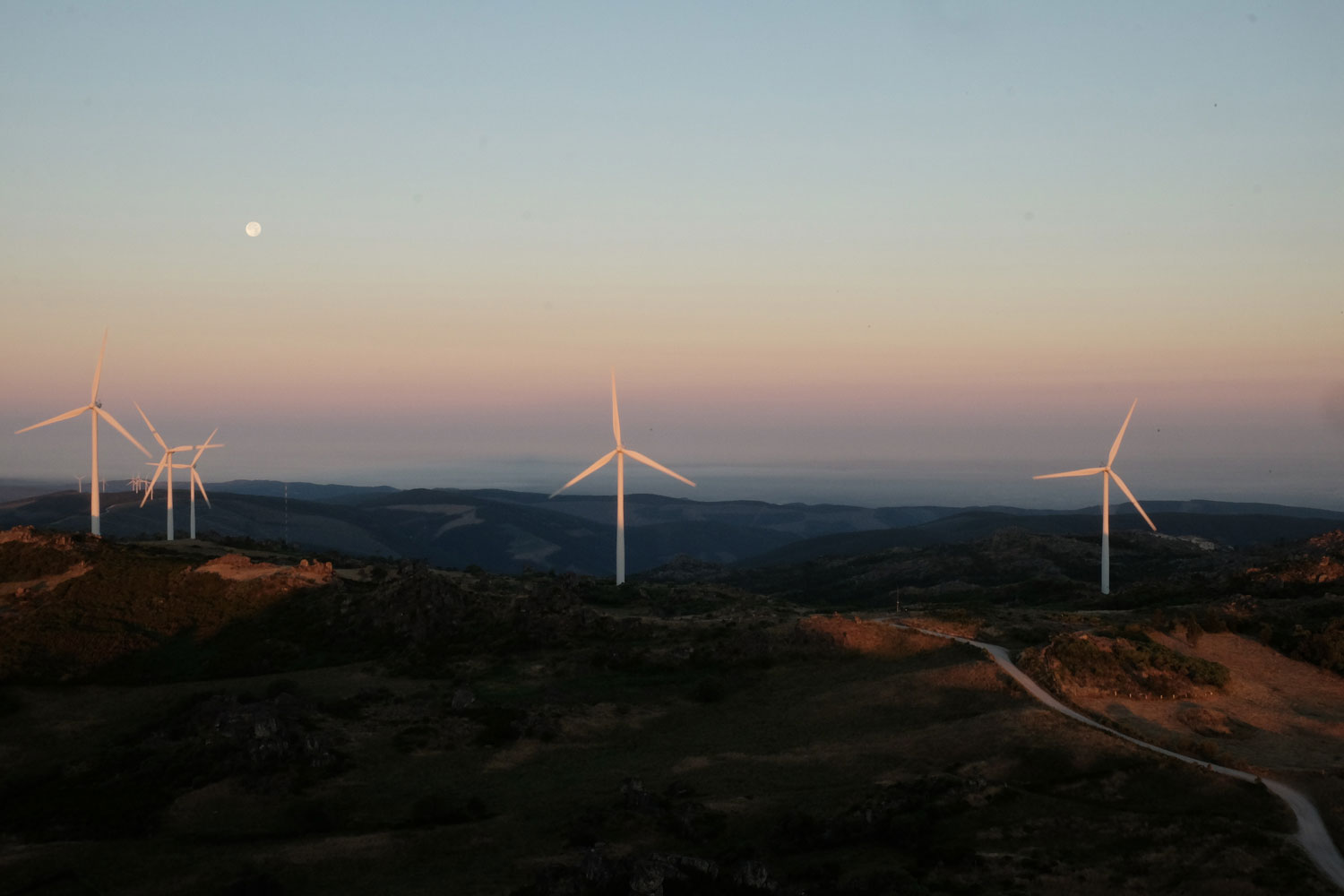/Oct
2020
Xana and Carlos on the
Barro Negro Collection
Xana Monteiro and Carlos Lima are a duo of Portuguese ceramicists based in Molelos, Tondela. For over three decades they have been developing an extensive body of work in black ceramics, respecting the traditions of pottery as well as keeping an open mind to new creative challenges. As promoters of this art form, they are true masters of Barro Negro and have been performing an important and innovative artistic practice at national and international art biennials.
What made you accept a collaboration with Noé, a French designer?
—
Mainly, the fact that we were already very fond of his aesthetic work. Furthermore, he was able to form his ideas around our work method, which resulted in a process of discussions, and encounters bringing to life the pieces in this collection.
What was your role in the Barro Negro collection?
—
We are artisans, we made every single piece of this collection by hand, based on Noé’s designs. Some pieces were co-created after our encounters with Noé in the atelier, seeing some sketches and us making clay mock-ups for Noé, adopting a “hands-on” approach, allowing ideas and initial concepts to become something unique, born out of that specific moment. Other pieces were adapted due to technical viability. We tried to find solutions together, changing certain details in shape, texture and proportions, in keeping with the clay production techniques we work with and the firing of the individual pieces.
